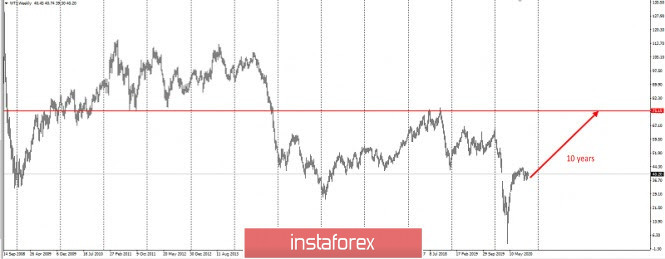
According to the IEA (International Energy Agency), it will take more than a year for oil demand to recover. A return to pre-crisis levels is expected only by 2023, especially after an 8% drop this year. By 2030, demand is set to stabilize, but only at a price lower than predicted in the previous year.
In the annual World Energy Outlook, IEA Executive Director Fatih Birol said that the coming decade is ending the era of global oil demand.
This report had a different view from last year, in which Fatih Birol stressed that the era of oil demand will never end. It will only take a couple of years for the oil to fully recover even if something global happens.
The IEA predicts that the growth in oil demand will slow down the transition of the population to electric vehicles. However, in developing countries such as India, oil prices should increase at least at the expense of raw materials for plastics and other petrochemical products. From 2030, annual growth will be reduced to 100,000 barrels per day.
Also, based on the IEA's calculations, from 2030, in order to find new reserves to compensate for the decline in production in aging fields, an annual investment of $390 billion may be necessary.
Because the demand is expected to increase, the price recovery should reach $75 a barrel by the end of this decade.

The US shale industry, which has provided most of the world's new oil reserves over the past decade, is set to return to pre-crisis levels in 2022.
OPEC members are also going through a difficult period since depleted revenues are putting a strain on national budgets and some of the growth that was expected in Nigeria, Iraq, and Angola will now be lost.





















